Home>Furniture & Design>Bathroom Accessories>What Causes The Pink Ring In The Toilet Bowl
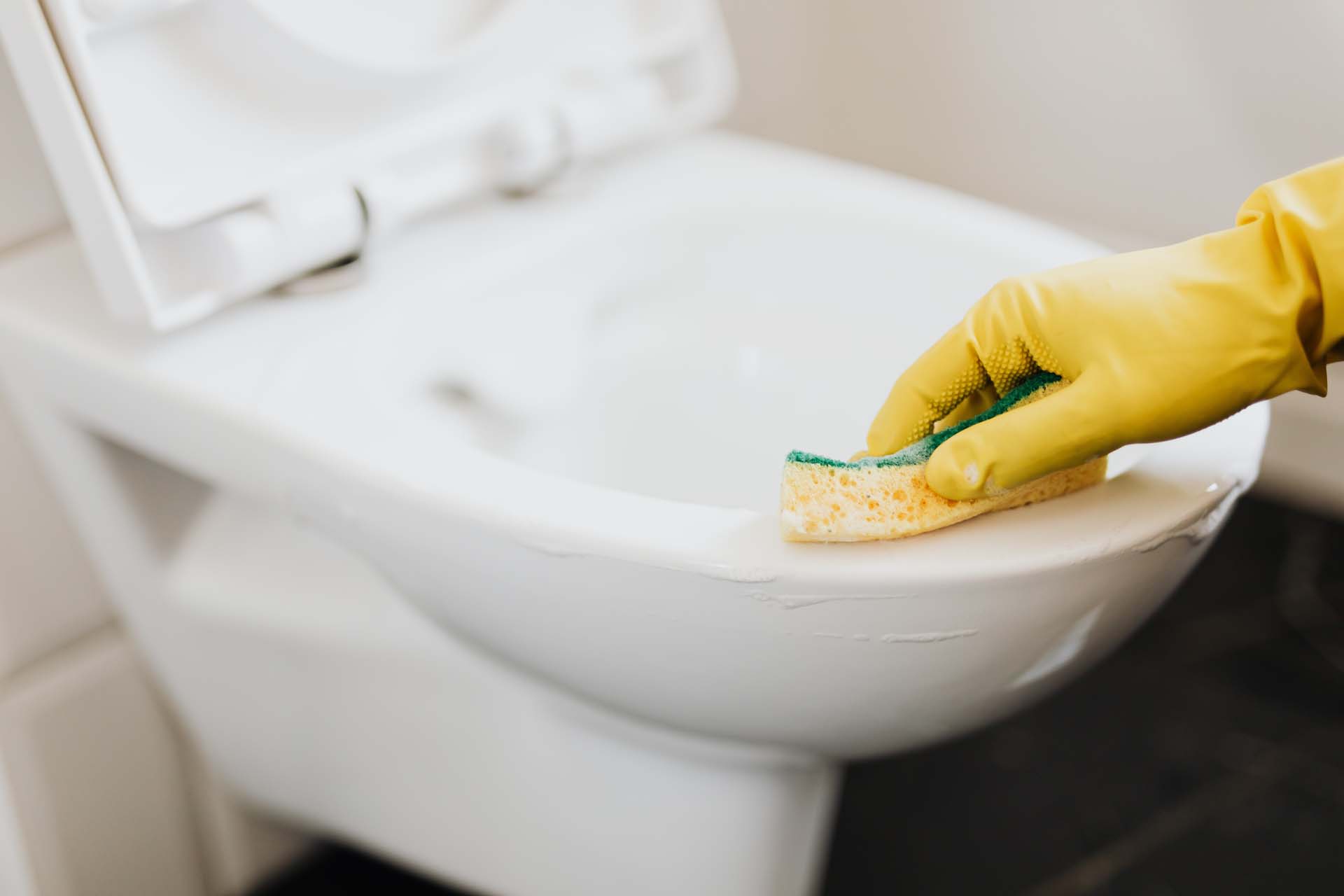

Bathroom Accessories
What Causes The Pink Ring In The Toilet Bowl
Modified: October 19, 2024
Learn about the causes of the pink ring in your toilet bowl and how to prevent it with the right bathroom accessories. Keep your toilet clean and free from unsightly stains.
(Many of the links in this article redirect to a specific reviewed product. Your purchase of these products through affiliate links helps to generate commission for Storables.com, at no extra cost. Learn more)
Introduction
The appearance of a pink ring in the toilet bowl can be quite perplexing for many homeowners. It's a common occurrence that often raises questions about its origins and how to effectively address it. Understanding the underlying causes of this phenomenon is crucial in order to prevent its recurrence and maintain a clean and hygienic bathroom environment.
The presence of a pink ring in the toilet bowl is typically attributed to a combination of factors, including mineral buildup, bacteria growth, water quality, and the use of certain cleaning products. Each of these elements plays a distinct role in the formation of the pink ring, and gaining insight into their interactions can help in devising effective strategies for prevention and removal.
In this comprehensive guide, we will delve into the various factors that contribute to the development of the pink ring in the toilet bowl. By exploring the underlying causes and potential solutions, you will gain valuable knowledge that can aid in maintaining a pristine and inviting bathroom space. Let's embark on this journey to unravel the mysteries behind the pink ring and equip ourselves with the tools to combat its presence effectively.
Key Takeaways:
- Say goodbye to the pink ring in your toilet bowl by using water softeners, regular cleaning, and natural alternatives like vinegar and baking soda. Keep your bathroom clean and hygienic!
- Prevent the pink ring from forming by addressing water quality, utilizing antibacterial cleaning solutions, and ensuring proper ventilation. With proactive measures, maintain a pristine and inviting bathroom space.
Read more: What Causes Toilet Bowl Ring
Mineral Buildup
The formation of a pink ring in the toilet bowl is often linked to mineral buildup, a process that occurs due to the presence of minerals in the water supply. Specifically, the pink coloration is associated with the presence of a bacterium known as Serratia marcescens, which thrives in moist environments and feeds on mineral deposits. This bacterium has a distinctive pink or reddish hue, leading to the characteristic discoloration observed in the toilet bowl.
Mineral buildup occurs when water containing high levels of minerals, such as calcium and magnesium, evaporates and leaves behind mineral deposits. Over time, these deposits accumulate on the surfaces of the toilet bowl, providing an ideal breeding ground for bacteria. The presence of Serratia marcescens exacerbates the issue, as it utilizes the minerals as a source of nourishment, leading to the formation of the pink ring.
Furthermore, the porous nature of the toilet bowl's surface facilitates the adherence of mineral deposits, allowing them to accumulate and provide a conducive environment for bacterial growth. This process is particularly prevalent in regions with hard water, where the mineral content is elevated, thereby increasing the likelihood of mineral buildup and bacterial colonization.
To effectively address mineral buildup and prevent the formation of the pink ring, it is essential to implement regular cleaning and maintenance practices. Utilizing cleaning agents specifically formulated to target mineral deposits can aid in dissolving and removing the accumulated minerals, thereby inhibiting the proliferation of bacteria. Additionally, incorporating water softening systems or utilizing distilled water can help mitigate the impact of mineral buildup, reducing the likelihood of the pink ring's formation.
By comprehending the role of mineral buildup in the development of the pink ring in the toilet bowl, individuals can proactively adopt measures to mitigate its occurrence. Through a combination of targeted cleaning practices and water quality management, the detrimental effects of mineral buildup can be mitigated, contributing to a cleaner and more hygienic bathroom environment.
Bacteria Growth
The presence of a pink ring in the toilet bowl is often attributed to the proliferation of bacteria, particularly Serratia marcescens, which is known for its distinctive pink or reddish coloration. This bacterium thrives in moist environments and feeds on mineral deposits, making it a key contributor to the formation of the pink ring phenomenon.
Bacteria growth in the toilet bowl is facilitated by the accumulation of mineral deposits, providing an ideal substrate for microbial colonization. The porous nature of the toilet bowl's surface further exacerbates this issue, as it allows bacteria to adhere and proliferate, leading to the development of the pink ring.
Serratia marcescens, in particular, is adept at utilizing mineral deposits as a source of nourishment, enabling its rapid growth and the manifestation of the characteristic pink discoloration. This bacterium's resilience in moist environments, coupled with its ability to metabolize minerals, makes it a formidable contributor to the persistence of the pink ring in the toilet bowl.
The presence of bacteria in the toilet bowl not only compromises the aesthetic appeal of the bathroom but also raises concerns regarding hygiene and sanitation. As bacteria continue to thrive and multiply, the risk of contamination and unpleasant odors escalates, necessitating proactive measures to address and mitigate bacterial growth.
To combat bacteria growth and prevent the recurrence of the pink ring, it is imperative to adopt stringent cleaning practices and utilize targeted cleaning agents. Disinfectants and antibacterial solutions can effectively eradicate bacteria, thereby disrupting their growth and preventing the formation of the pink ring. Additionally, incorporating regular cleaning routines and ensuring thorough sanitation of the toilet bowl can significantly impede bacterial proliferation, contributing to a cleaner and more hygienic bathroom environment.
By understanding the pivotal role of bacteria growth in the development of the pink ring in the toilet bowl, individuals can implement proactive measures to mitigate its impact. Through the adoption of effective cleaning strategies and the utilization of antibacterial solutions, the persistent growth of bacteria can be curtailed, fostering a sanitary and visually appealing bathroom space.
Water Quality
The quality of water supplied to a household plays a significant role in the formation of the pink ring in the toilet bowl. Water quality is often characterized by its mineral content, with hard water being a common culprit in contributing to mineral buildup and bacterial growth.
Hard water, which contains elevated levels of minerals such as calcium and magnesium, is known to facilitate mineral deposits on various surfaces, including the interior of the toilet bowl. As hard water evaporates, it leaves behind mineral residues that accumulate over time, providing an ideal substrate for bacterial colonization. The presence of mineral-rich water exacerbates the likelihood of mineral buildup, thereby increasing the propensity for the development of the pink ring.
In regions where hard water is prevalent, the impact of mineral buildup and bacterial growth is particularly pronounced, necessitating proactive measures to address water quality concerns. Implementing water softening systems can effectively mitigate the adverse effects of hard water, reducing the mineral content and minimizing the potential for mineral deposits in the toilet bowl. Additionally, utilizing distilled water for cleaning purposes can help alleviate the impact of mineral-rich water, contributing to a cleaner and more hygienic bathroom environment.
Furthermore, the quality of water supplied to a household directly influences the efficacy of cleaning products and maintenance practices. Water with high mineral content can diminish the effectiveness of cleaning agents, as the minerals present in the water may interfere with the cleaning process. This can impede the removal of mineral deposits and bacteria, perpetuating the presence of the pink ring in the toilet bowl.
By addressing water quality concerns and implementing measures to mitigate the impact of hard water, individuals can effectively reduce the likelihood of the pink ring's formation. Proactive management of water quality, coupled with targeted cleaning practices, can significantly contribute to the maintenance of a pristine and visually appealing toilet bowl, enhancing the overall cleanliness and hygiene of the bathroom space.
Cleaning Products
The selection of appropriate cleaning products is paramount in addressing the persistent presence of the pink ring in the toilet bowl. Effective cleaning products should not only target mineral buildup and bacteria but also ensure the preservation of the toilet bowl's surface integrity.
When combating the pink ring, it is essential to opt for cleaning agents specifically formulated to dissolve mineral deposits and eradicate bacteria. Acidic cleaners, such as those containing hydrochloric acid or phosphoric acid, are particularly effective in addressing mineral buildup, as they can efficiently dissolve the accumulated minerals, facilitating their removal from the toilet bowl's surface. Additionally, the acidic nature of these cleaners creates an inhospitable environment for bacteria, aiding in the eradication of microbial colonies and preventing their resurgence.
In the case of bacterial growth, the utilization of disinfectants and antibacterial cleaning solutions is imperative. These products are designed to target and eliminate bacteria, disrupting their proliferation and inhibiting the formation of the pink ring. By incorporating antibacterial cleaning agents into the cleaning routine, individuals can effectively mitigate the risk of bacterial colonization and maintain a hygienic toilet bowl environment.
Moreover, it is crucial to consider the impact of cleaning products on the overall integrity of the toilet bowl. Harsh or abrasive cleaners can compromise the surface finish of the toilet bowl, leading to scratches and deterioration over time. Therefore, selecting cleaning products that are gentle yet effective is essential in preserving the aesthetic appeal and functionality of the toilet bowl.
In addition to traditional cleaning agents, natural and eco-friendly alternatives are gaining prominence as viable options for addressing the pink ring. Vinegar, known for its acidic properties, can serve as a natural cleaning solution for dissolving mineral deposits and inhibiting bacterial growth. Similarly, baking soda, renowned for its abrasive yet non-abrasive nature, can aid in scrubbing away mineral residues without causing damage to the toilet bowl's surface.
By carefully evaluating and selecting appropriate cleaning products, individuals can effectively combat the pink ring in the toilet bowl while ensuring the preservation of the toilet bowl's structural integrity. The strategic utilization of targeted cleaning agents, coupled with regular cleaning routines, can significantly contribute to the prevention and removal of the pink ring, fostering a clean, hygienic, and visually appealing bathroom space.
To prevent the pink ring in the toilet bowl, regularly clean the toilet with a disinfectant cleaner and scrub the bowl to remove any build-up. Also, reduce the amount of bacteria and minerals in the water by using a water softener or installing a water filtration system.
Read more: What Causes Pink Ring In Toilet
Prevention and Removal Techniques
Preventing the formation of the pink ring in the toilet bowl and effectively removing existing discoloration necessitates a multifaceted approach that encompasses proactive measures and targeted cleaning strategies. By implementing a combination of prevention and removal techniques, individuals can effectively combat the persistent presence of the pink ring, fostering a clean, hygienic, and visually appealing bathroom environment.
Prevention
-
Regular Cleaning Routine: Establishing a consistent cleaning schedule for the toilet bowl is essential in preventing the accumulation of mineral deposits and inhibiting bacterial growth. Regular cleaning, using appropriate cleaning agents, can effectively mitigate the formation of the pink ring.
-
Utilization of Water Softeners: Installing water softening systems can significantly reduce the mineral content in the water supply, minimizing the likelihood of mineral buildup in the toilet bowl. By addressing water quality concerns, individuals can proactively prevent the formation of the pink ring.
-
Distilled Water Usage: When performing cleaning and maintenance tasks, utilizing distilled water can help alleviate the impact of mineral-rich water, contributing to the prevention of mineral deposits and bacterial colonization.
-
Adequate Ventilation: Ensuring proper ventilation in the bathroom space can aid in reducing moisture levels, thereby creating an environment less conducive to bacterial growth. Adequate ventilation can help prevent the formation of the pink ring in the toilet bowl.
Removal Techniques
-
Utilization of Acidic Cleaners: Selecting cleaning agents containing hydrochloric acid or phosphoric acid can aid in effectively dissolving mineral deposits, facilitating their removal from the toilet bowl's surface. Acidic cleaners create an inhospitable environment for bacteria, aiding in their eradication.
-
Antibacterial Cleaning Solutions: Incorporating disinfectants and antibacterial cleaning solutions into the cleaning routine can effectively target and eliminate bacteria, disrupting their proliferation and preventing the recurrence of the pink ring.
-
Natural Cleaning Alternatives: Utilizing natural cleaning agents such as vinegar and baking soda can serve as effective alternatives for removing mineral buildup and inhibiting bacterial growth. These natural solutions offer a gentle yet potent approach to addressing the pink ring.
-
Thorough Scrubbing: Employing thorough scrubbing techniques, using appropriate cleaning tools, can aid in the physical removal of mineral residues and bacterial colonies, contributing to the comprehensive removal of the pink ring.
By integrating these prevention and removal techniques into their bathroom maintenance practices, individuals can effectively combat the persistent presence of the pink ring in the toilet bowl. Proactive prevention measures, coupled with targeted removal strategies, contribute to the maintenance of a clean, hygienic, and visually appealing bathroom space.
Conclusion
In conclusion, the presence of a pink ring in the toilet bowl is a multifaceted issue influenced by mineral buildup, bacteria growth, water quality, and the selection of cleaning products. Understanding the interplay of these factors is crucial in effectively addressing and preventing the formation of the pink ring, thereby maintaining a clean, hygienic, and visually appealing bathroom environment.
The intricate relationship between mineral buildup and bacterial growth underscores the need for proactive measures to combat the pink ring. By implementing regular cleaning routines and utilizing targeted cleaning agents, individuals can effectively dissolve mineral deposits and eradicate bacteria, mitigating the likelihood of the pink ring's formation. Additionally, addressing water quality concerns through the utilization of water softening systems and distilled water usage can significantly contribute to the prevention of mineral buildup and bacterial colonization.
The selection of appropriate cleaning products is pivotal in addressing the persistent presence of the pink ring. Acidic cleaners and antibacterial solutions play a crucial role in dissolving mineral deposits, eradicating bacteria, and inhibiting the recurrence of the pink ring. Furthermore, the integration of natural cleaning alternatives offers a gentle yet potent approach to combating mineral buildup and bacterial growth, ensuring the preservation of the toilet bowl's structural integrity.
By incorporating prevention and removal techniques into their bathroom maintenance practices, individuals can effectively combat the persistent presence of the pink ring. Establishing a regular cleaning routine, utilizing water softeners, and integrating natural cleaning alternatives contribute to the prevention of the pink ring, fostering a clean, hygienic, and visually appealing bathroom space.
In essence, the prevention and removal of the pink ring in the toilet bowl require a comprehensive approach that addresses mineral buildup, bacterial growth, water quality, and cleaning practices. By gaining insight into the underlying causes and implementing proactive measures, individuals can effectively maintain a pristine and inviting bathroom environment, free from the persistent presence of the pink ring.
Frequently Asked Questions about What Causes The Pink Ring In The Toilet Bowl
Was this page helpful?
At Storables.com, we guarantee accurate and reliable information. Our content, validated by Expert Board Contributors, is crafted following stringent Editorial Policies. We're committed to providing you with well-researched, expert-backed insights for all your informational needs.
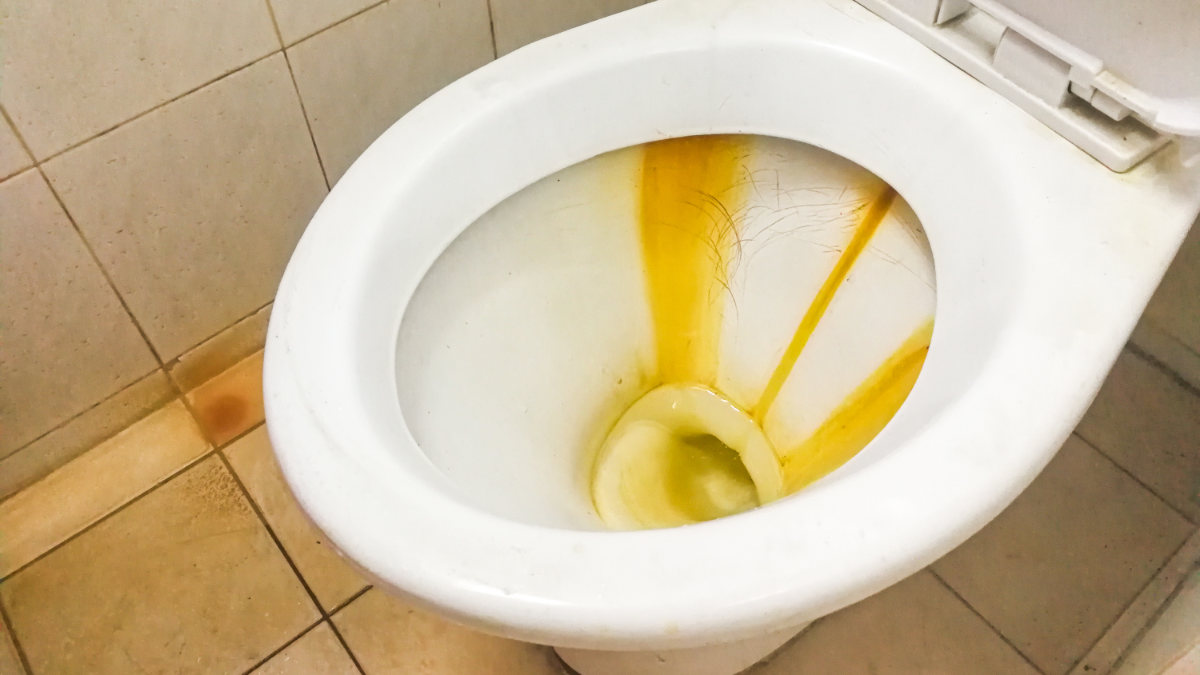
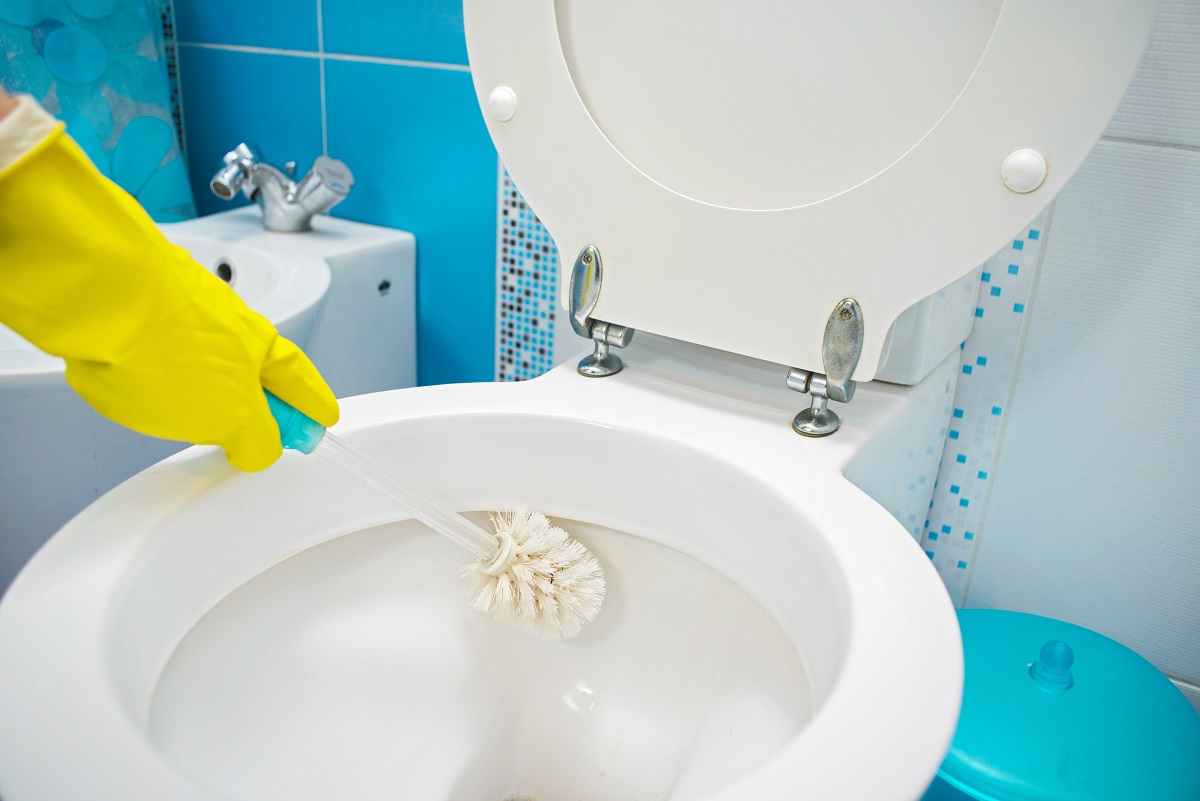
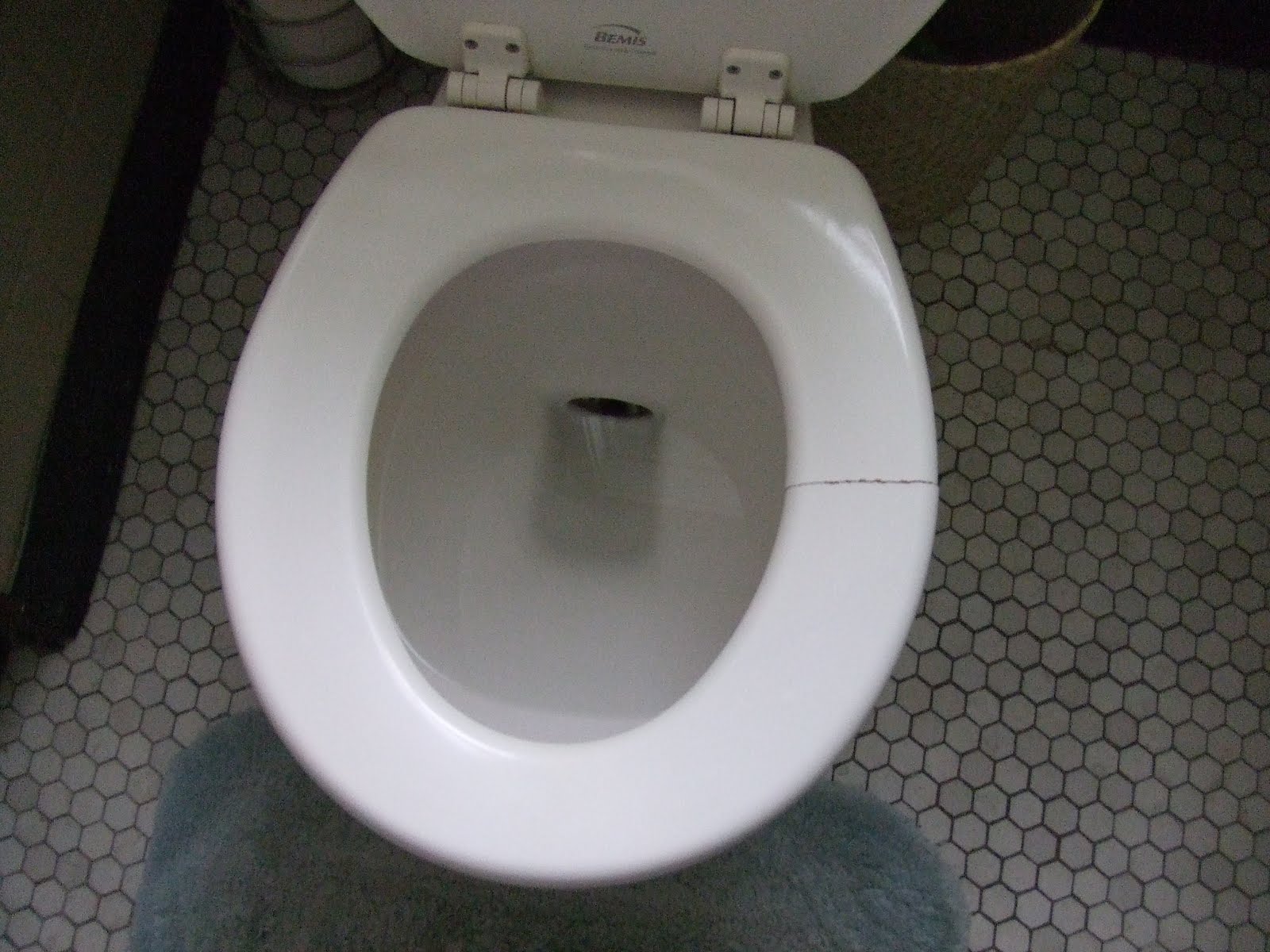
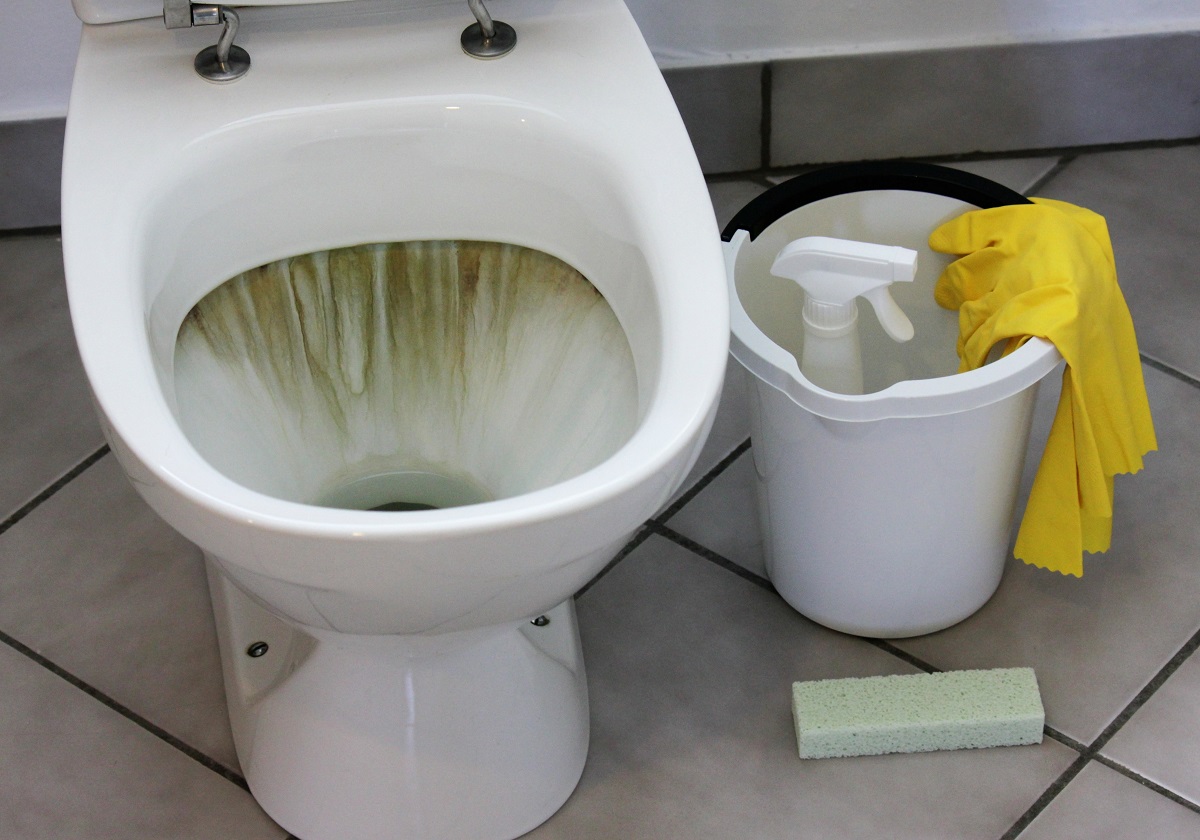
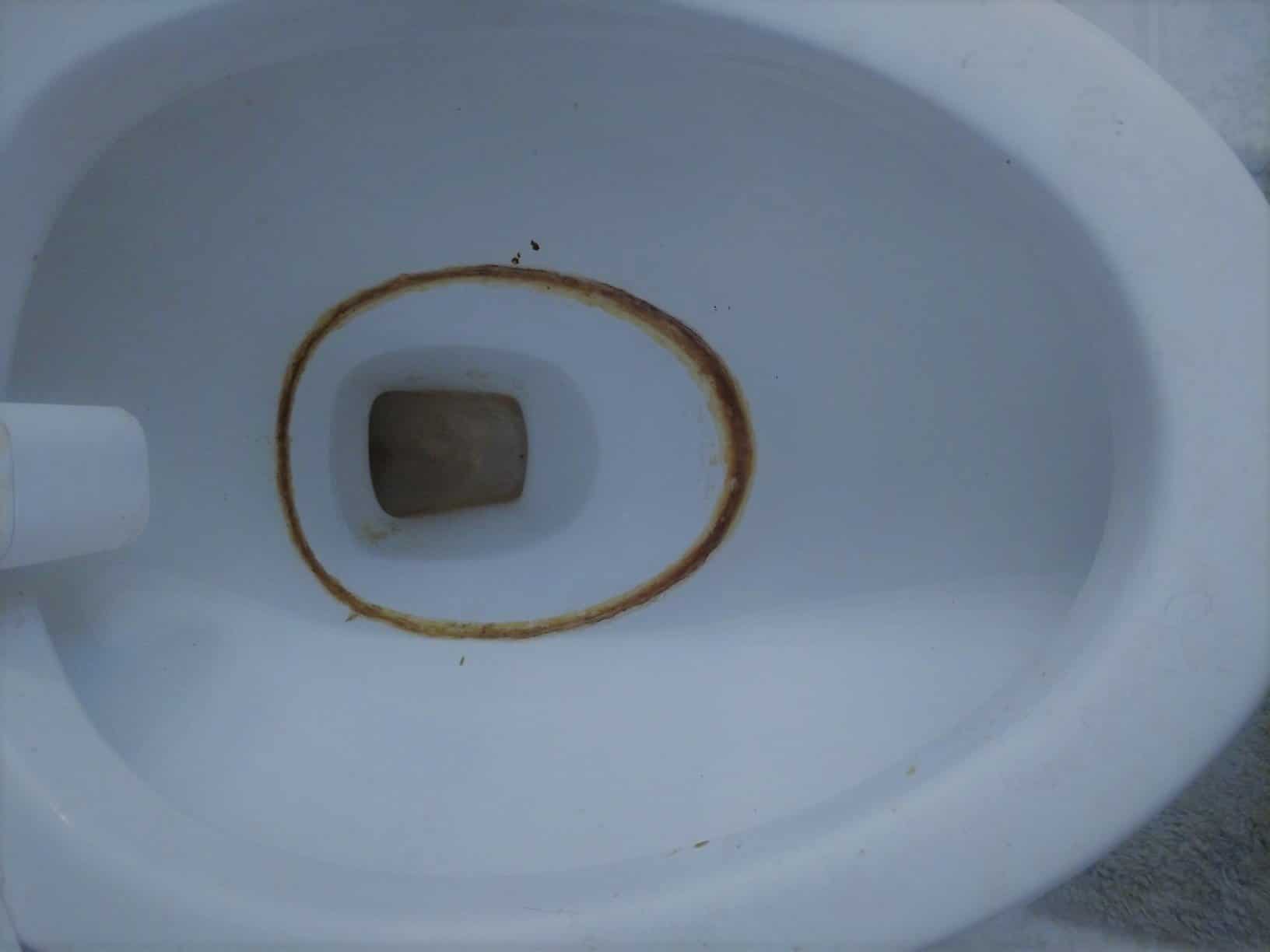
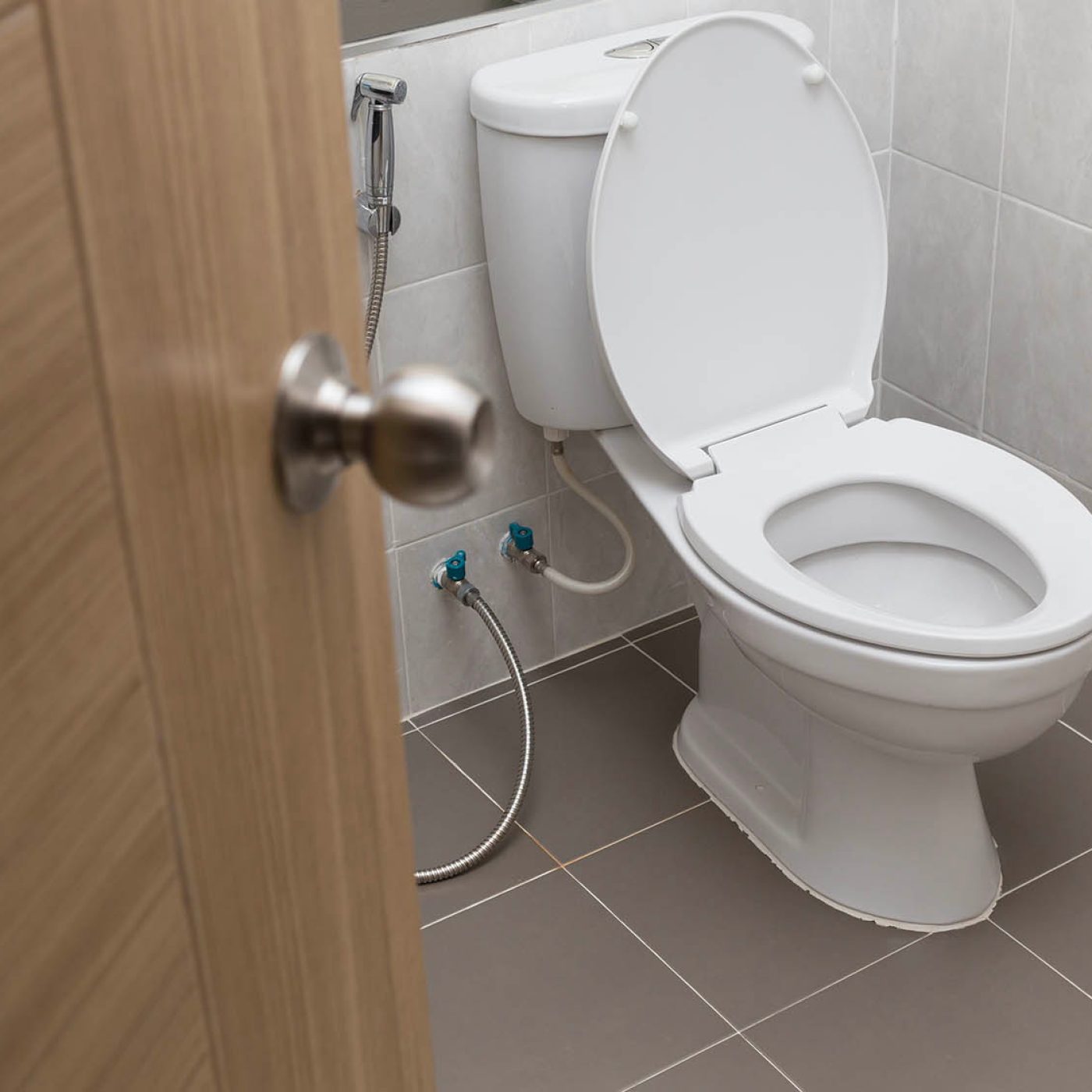
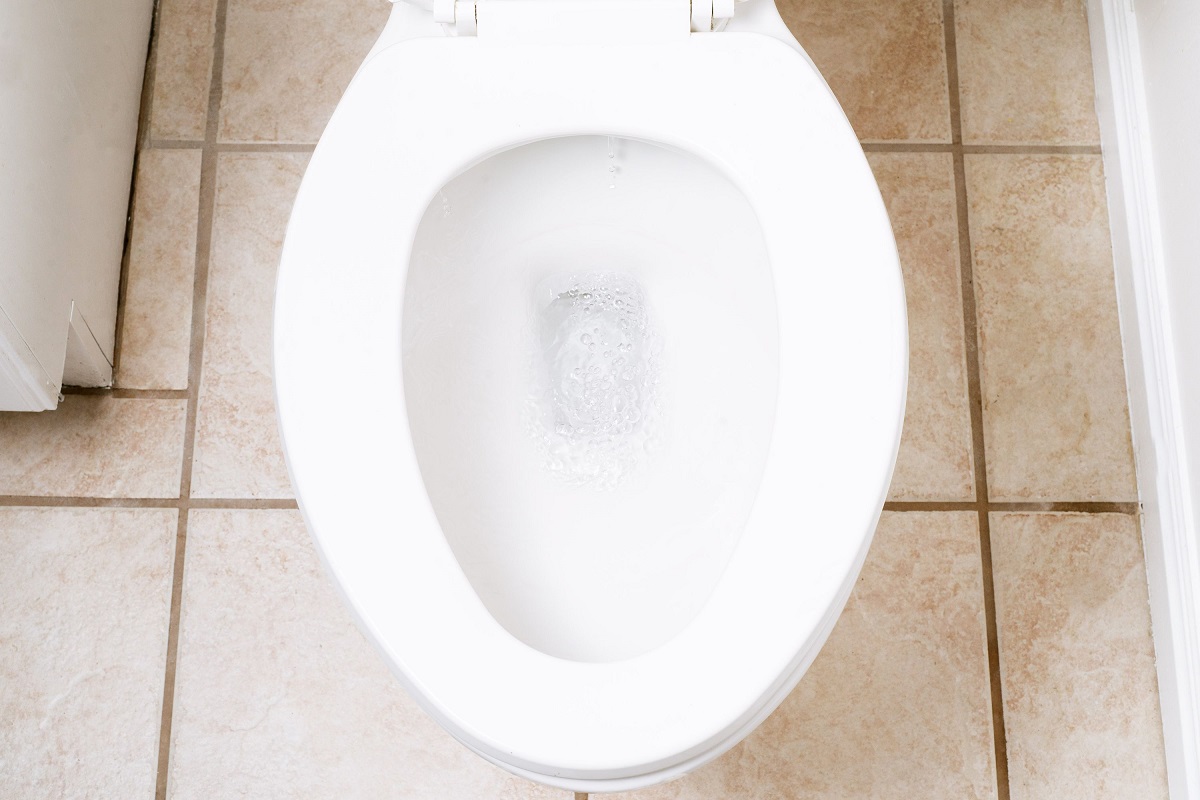
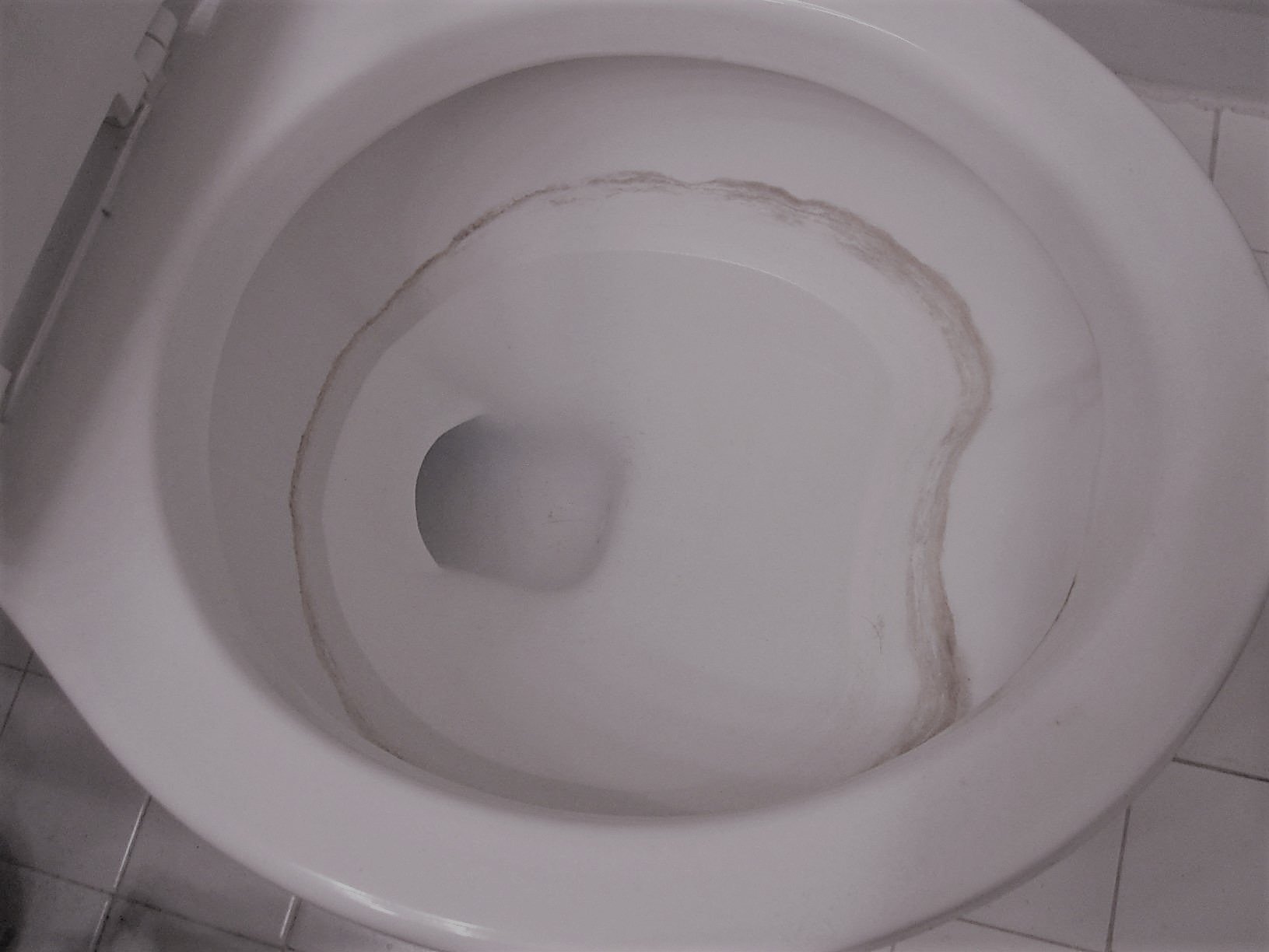
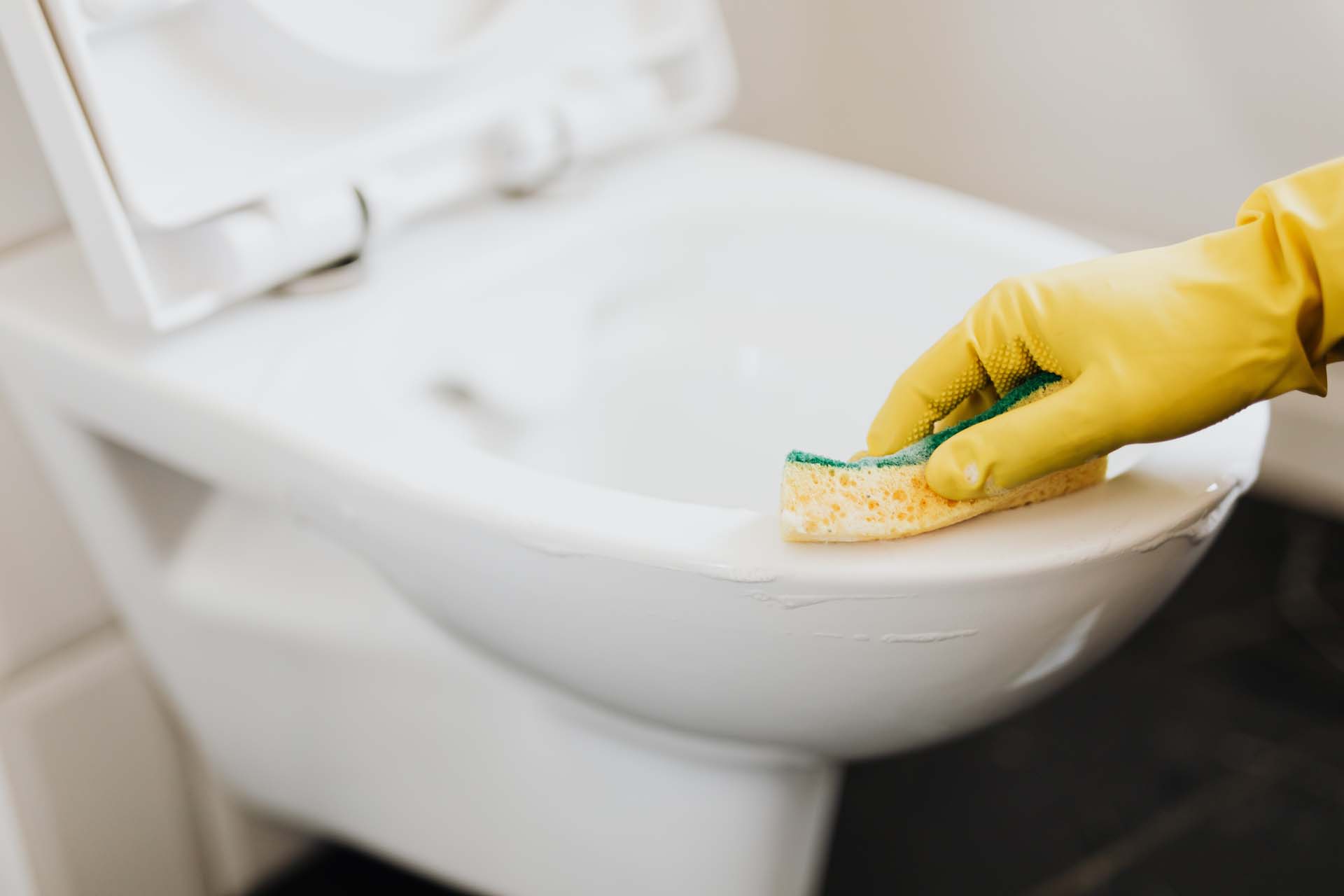
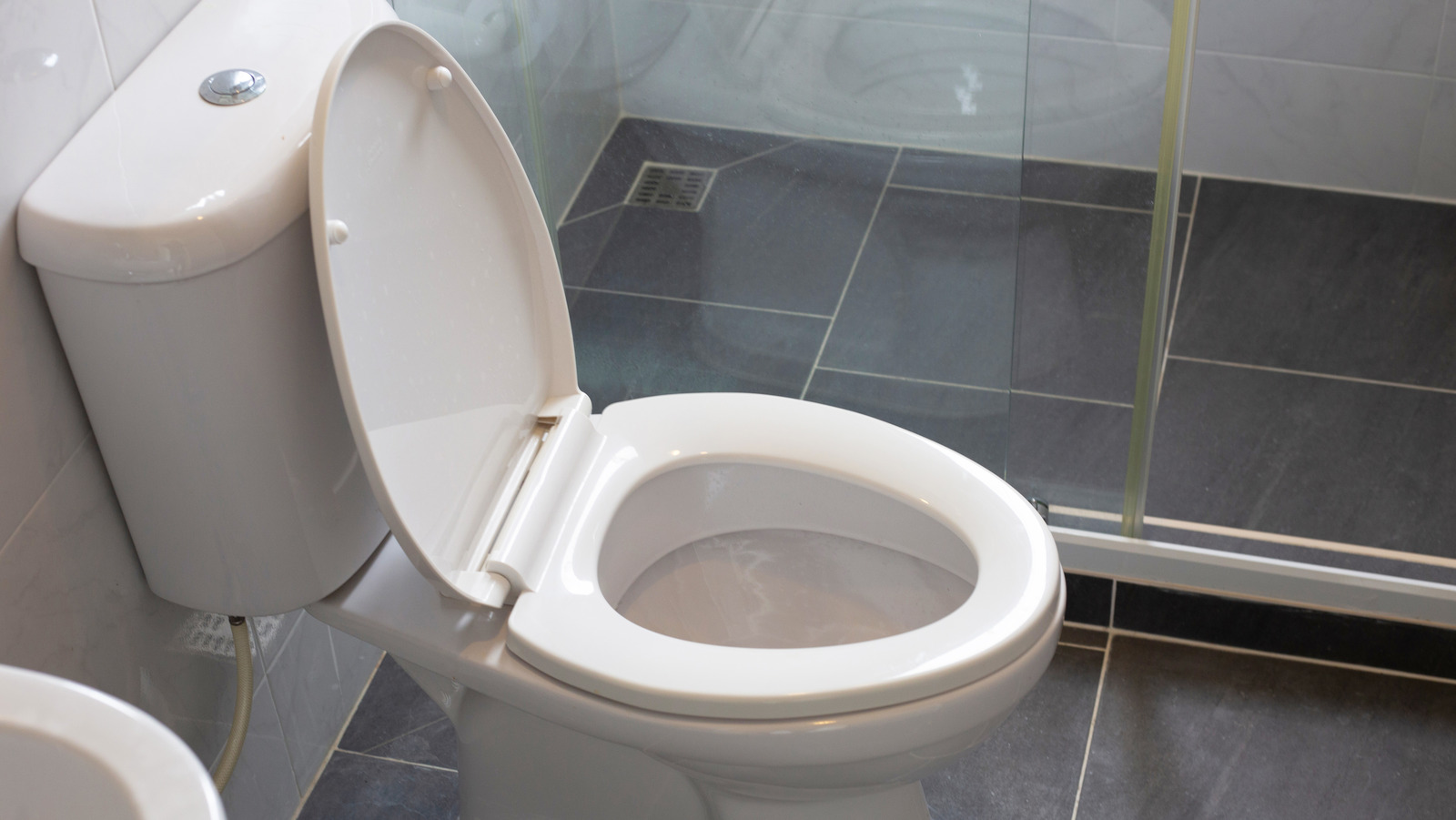

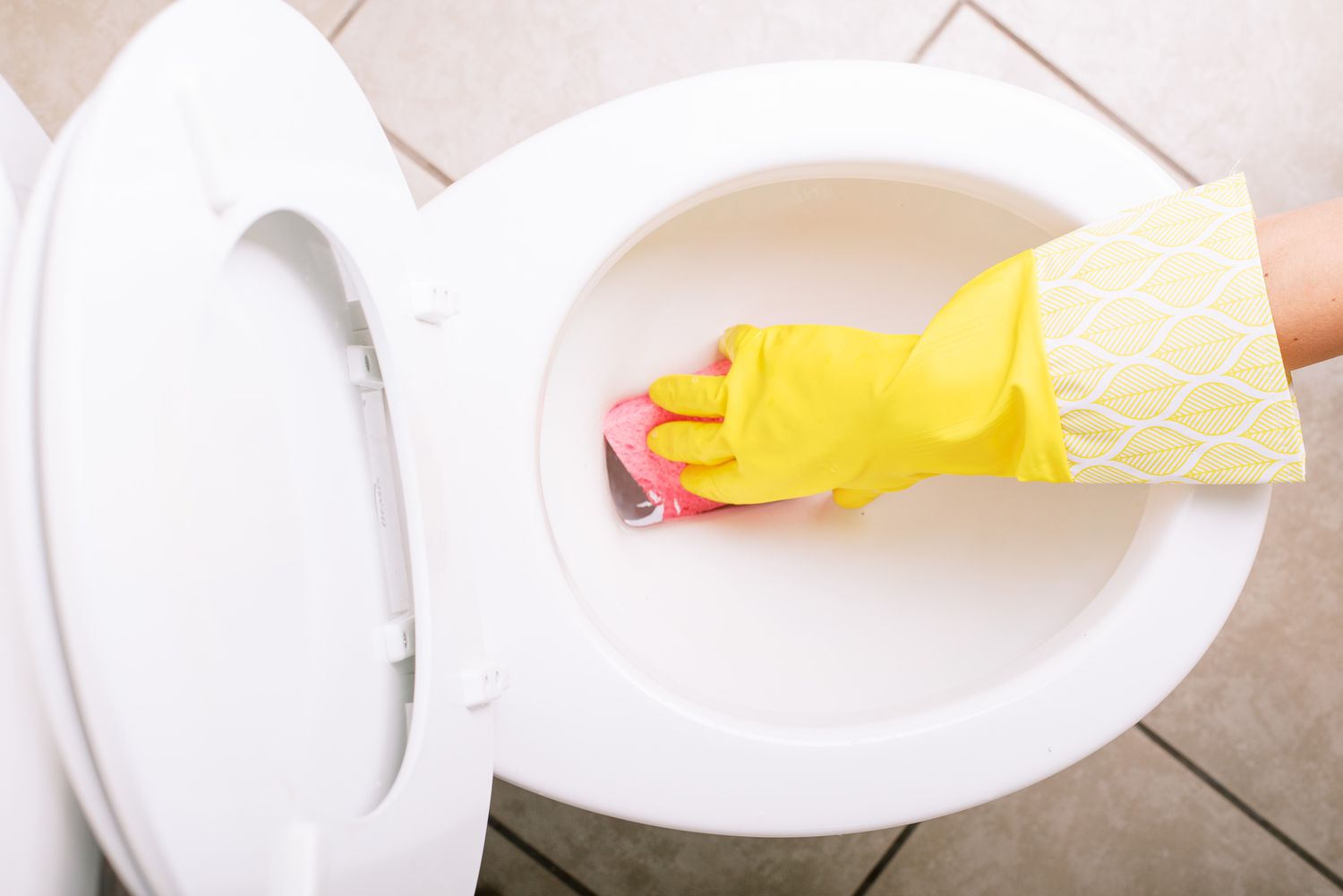
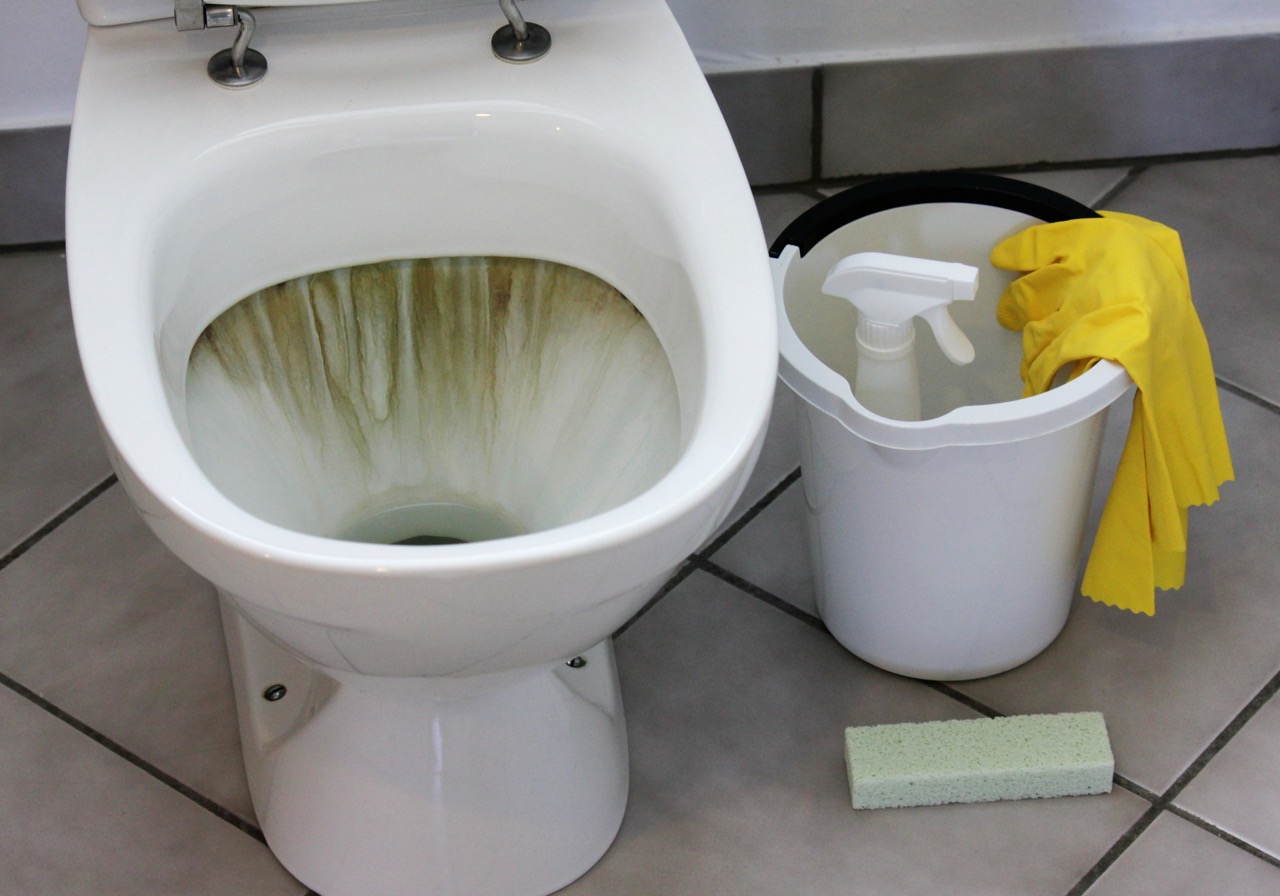
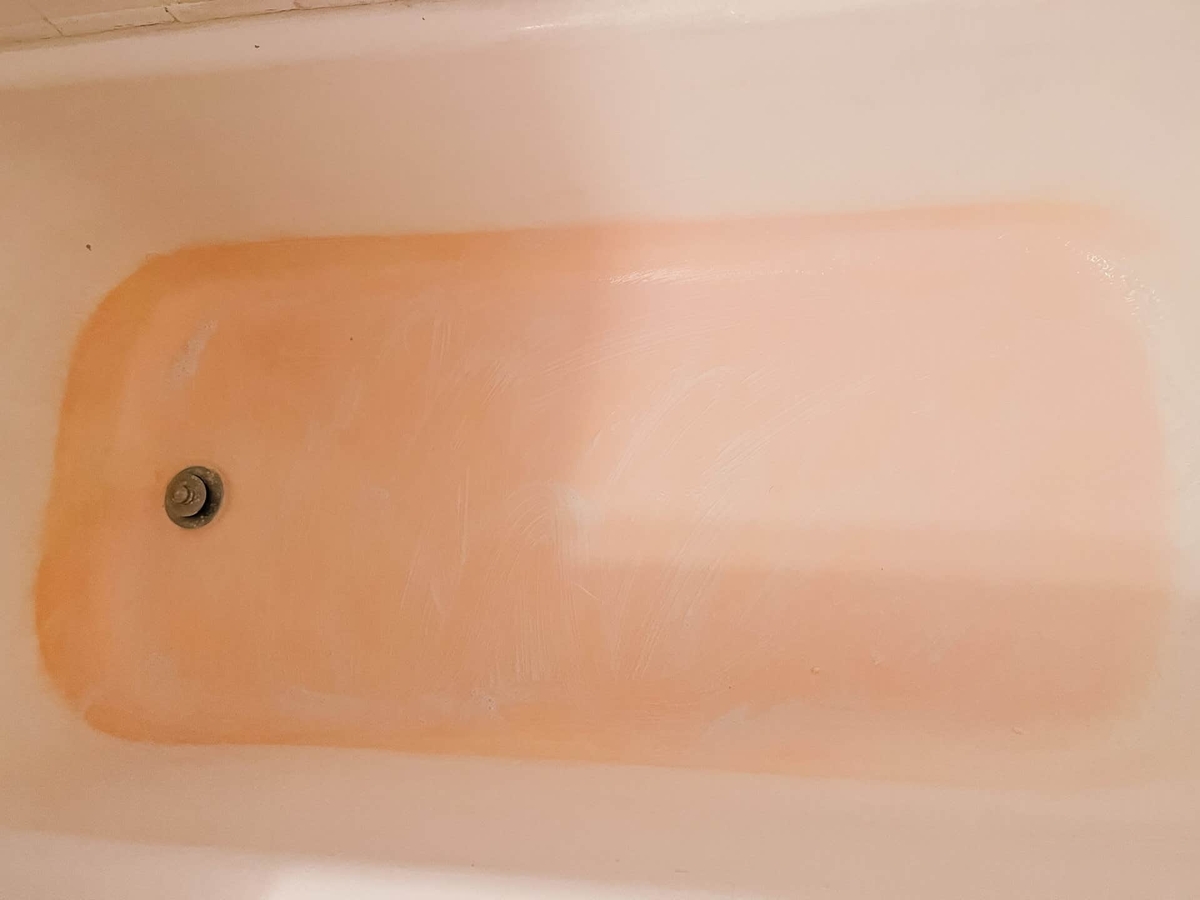

0 thoughts on “What Causes The Pink Ring In The Toilet Bowl”